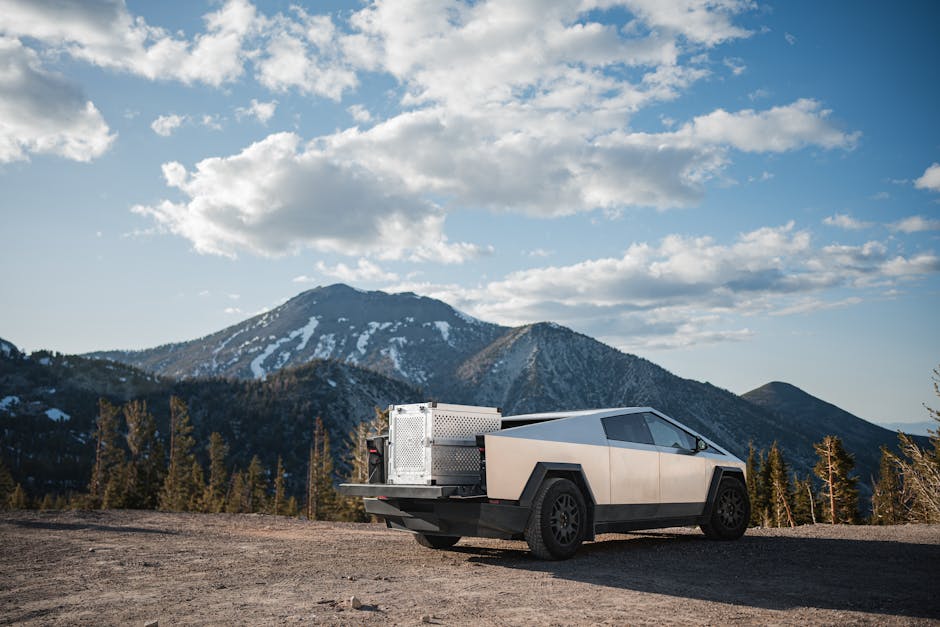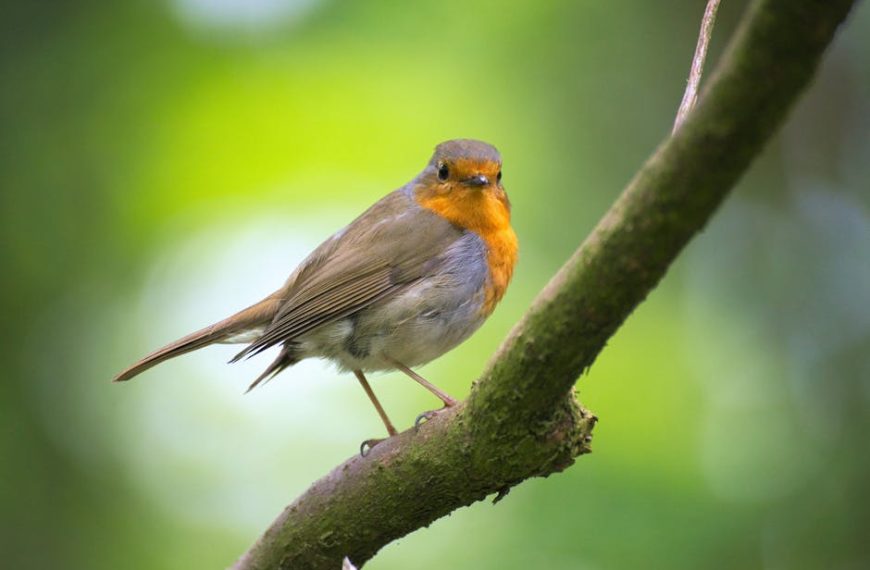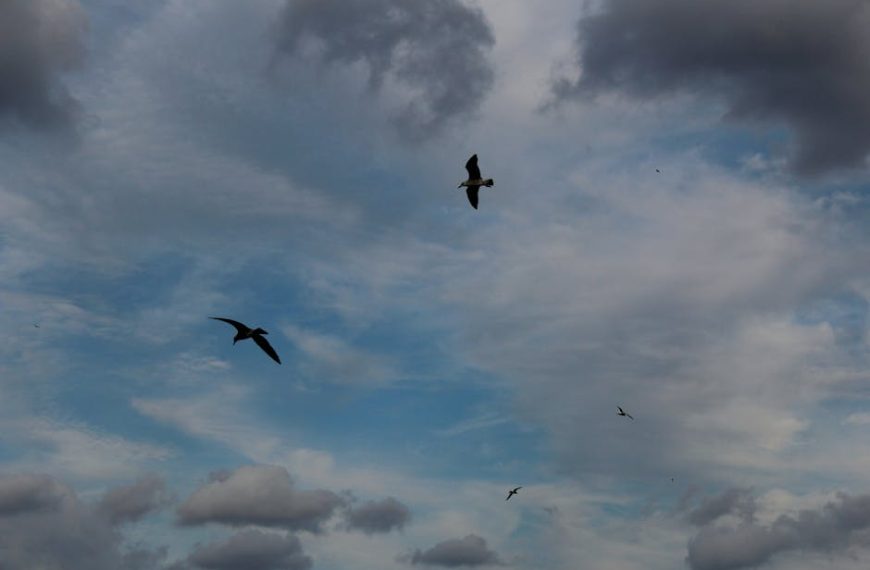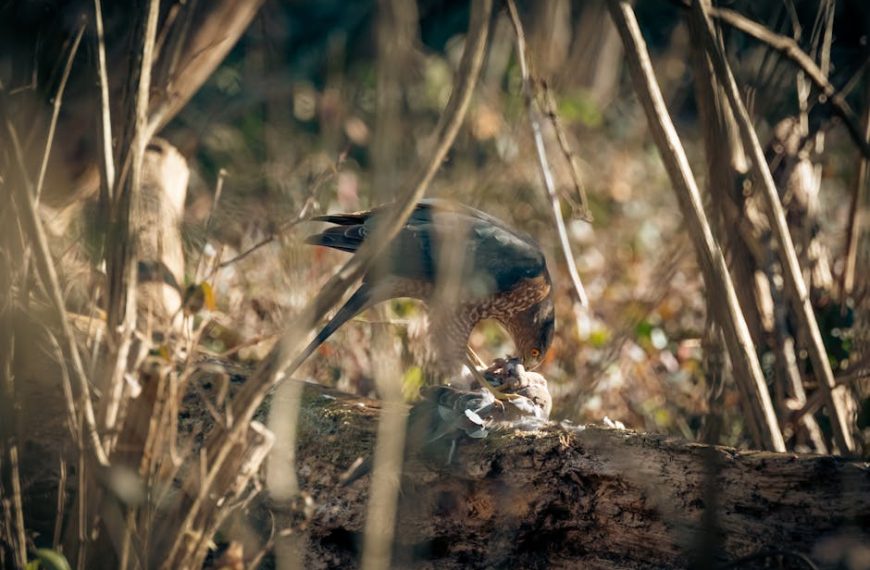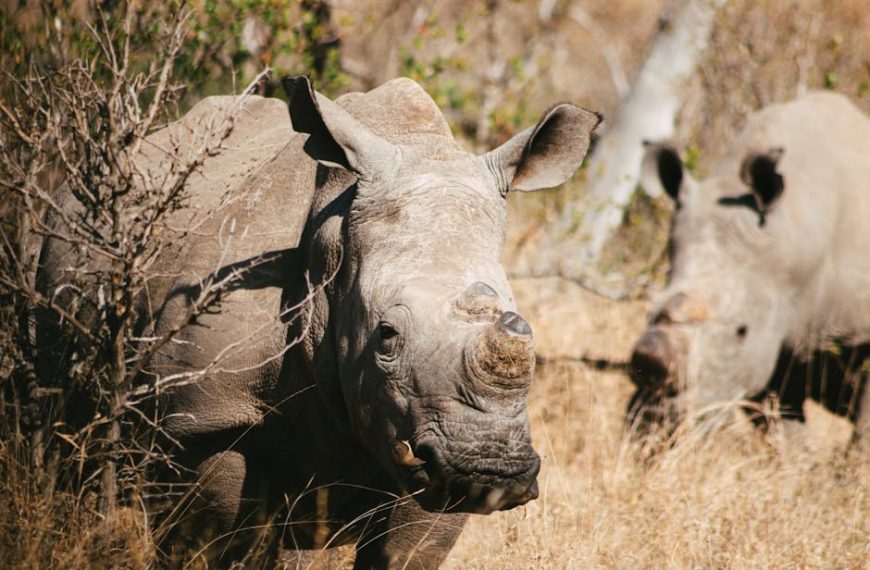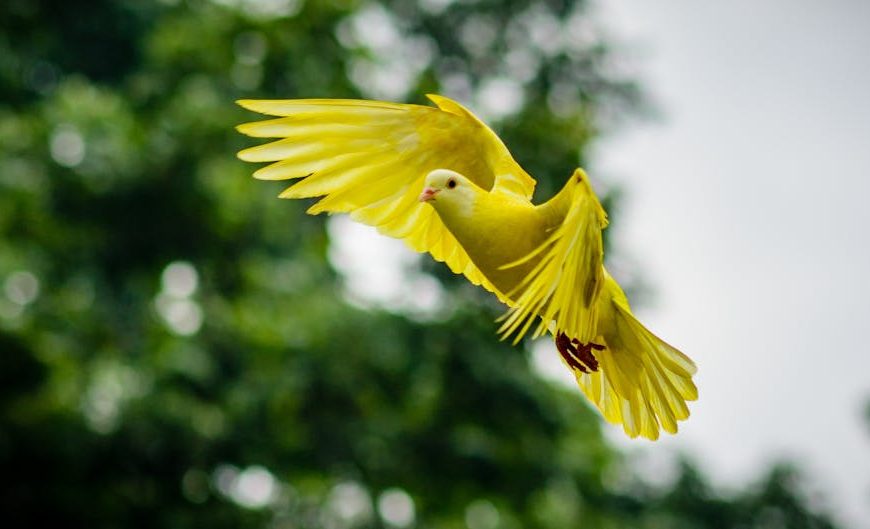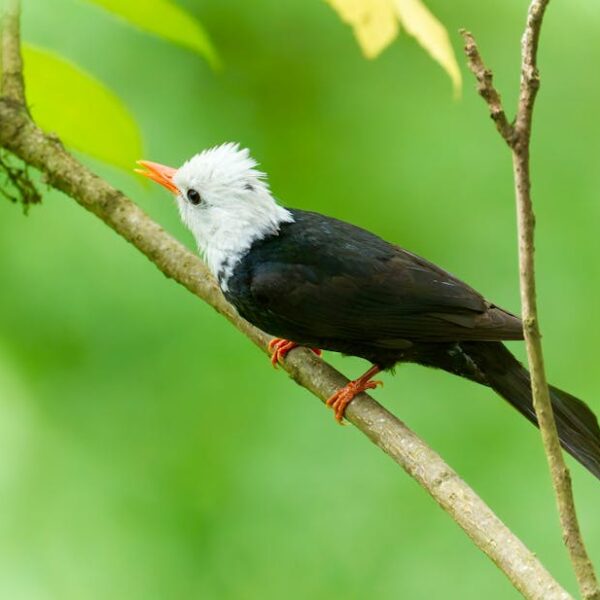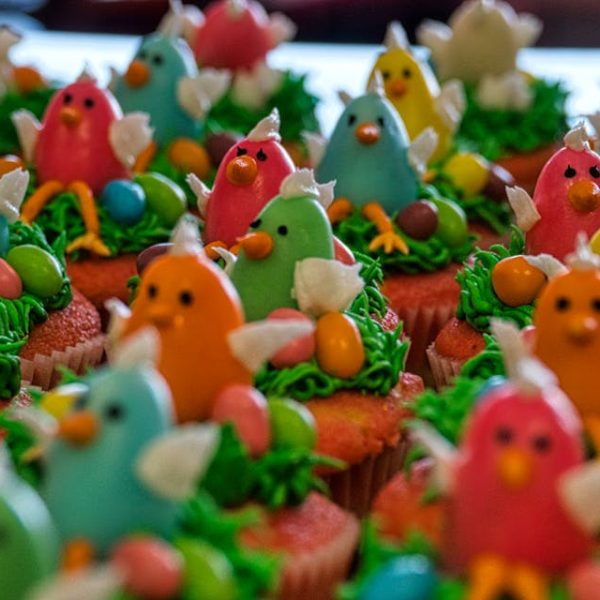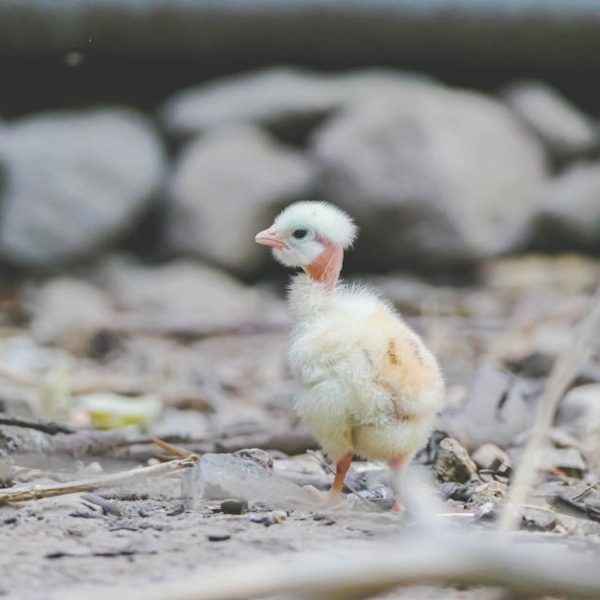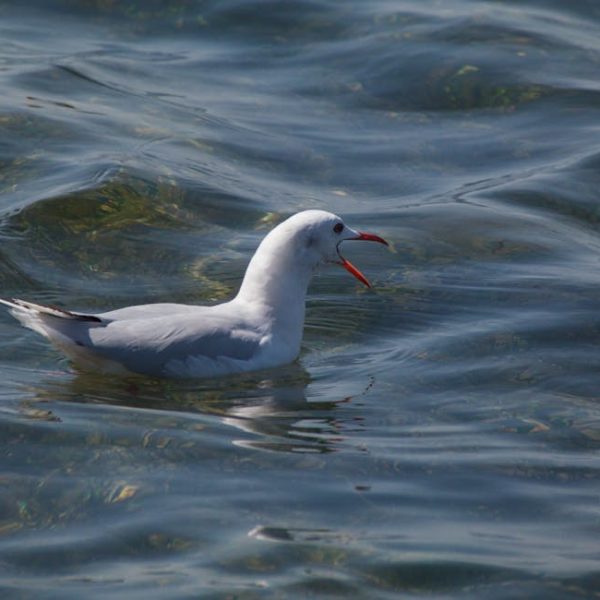Renowned inventor, electrical engineer, and physicist, Nikola Tesla, had an uncharacteristic affection for birds that continues to intrigue historians and fans alike. This deep-seated fondness can be traced back to his early years in Serbia, where Tesla would find solace and inspiration in observing and interacting with pigeons; developing a strong emotional bond. His fascination with these creatures always remained a significant part of his life.
Among his countless encounters with birds, a few stand out and exemplify Tesla’s unique affinity. Perhaps the most famous anecdote is Tesla’s habit of feeding the birds at the park. He would bring home injured pigeons and nurture them back to health, establishing a reputation as a bird caregiver. Moreover, Tesla spent a significant portion of his savings to build a special device to support a bird with a broken wing.
Pro-Tip: Tesla was deeply empathetic and compassionate towards birds, and his sentiments are well-validating his famous quote, “I have been feeding pigeons, thousands of them for years. But there was one, a beautiful bird, pure white with light grey tips on its wings; that one was different. It was a female. I had only to wish and call her, and she would come flying to me.”
Nikola Tesla and the White Pigeon
Tesla’s love for birds was so prevalent that he formed an extraordinary bond with a particular white pigeon. He claimed this pigeon visited him regularly and said, “I loved that pigeon as a man loves a woman, and she loved me.” According to Tesla, when the bird died, a bright light left its eyes signaling the end of his life’s work.
Tesla’s care for his special white pigeon, whose sanctuary he converted an entire room of the hotel where he lived into, was noteworthy. Even during periods of financial difficulty, he ordered special seeds for the bird, ensuring the pigeon had a nutritious diet.
But Tesla’s relationship with this pigeon was not just a caretaker-pet dynamic. He believed this white pigeon possessed a special connection with him and radiated cosmic energy. While modern science doesn’t have support for Tesla’s claims about cosmic energy being transmitted through pigeons, it undoubtedly sheds light on Tesla’s uncommon regard for these creatures.
The Significance of Birds in Tesla’s Work
At first glance, it might seem unusual to associate Tesla’s bird-keeping habits with his trailblazing innovations in electromagnetism and radio wave propagation. But a closer inspection reveals a subtler, deeper connection. The concept of ‘wireless transmission of power,’ a principle that underlies many of his inventions, mirrors the free-flight of birds, unburdened by physical constraints.
As an illustration, Tesla’s idea for his world wireless system was intrinsically tied to his love for unbounded creatures like birds. To Tesla, the world was an unlimited aviary, and he wanted electricity and signals to traverse the earth as freely as birds do.
Nikola Tesla: The Pigeon Caretaker
The spiritual connection Tesla felt with birds was only augmented by his daily interactions with them. Regularly found feeding pigeons in parks and pavilions, Tesla earned himself the epithet of the ‘pigeon caretaker.’ If any bird was injured or appeared unwell, he felt it his duty to care for them until they regained their strength.
Pro-Tip:Tesla’s intense love for birds extended to his financial transactions. He was known to keep a tab with local pet shops to ensure that he had ample supplies to nurse the birds back to health.
This vow to tend to birds was demonstrated in the little makeshift infirmary in his room for injured pigeons. He went above and beyond to ensure their welfare: fortifying their nests, nursing their wounds, and providing constant companionship.
Nikola Tesla’s Legacy and Birds
Nikola Tesla’s tenderness towards birds adds an intriguing facet to his legacy, offering a rare glimpse into his sensitive, empathetic personality. While primarily celebrated for his groundbreaking contributions to science and technology, Tesla’s fondness for birds paints him in a uniquely human light. Even in today’s world, Tesla’s affinity for birds stirs conversations among scientists and bird lovers alike, attesting to the enduring fascination with this unexpected side of the renowned inventor.
| Humanitarian Attributes | Innovative Virtues |
| Care for the weak | Innovative thinking |
| Empathy towards living beings | Deep curiosity |
| Engagement with nature | Passion for exploring new ideas |
| Compassion | Unyielding persistence |
The comparison above elucidates the two sides of Tesla’s personality—his sensitive, caring nature juxtaposed with his innovative spirit and tenacity. Both aspects are integral to understanding the full depth of Tesla’s character.
Despite his eccentricity, Tesla’s dedication to his feathered companions underscores his deep respect for nature and life itself. And perhaps in his interaction with birds, we see an embodiment of Tesla’s own spirit—a spirit that soared beyond boundaries, that tirelessly pursued knowledge, and that ultimately changed the world as we know it today.
Key Takeaway:
- Nikola Tesla had a profound affection for birds, especially pigeons, which was rooted in his early childhood in Serbia. These species played a significant role throughout his life, providing him with companionship and inspiration.
- Tesla established a unique relationship with a particular white pigeon that he cared for extensively, going to great lengths to ensure its wellbeing, even during his financial struggles. Despite lacking scientific evidence, Tesla believed this bird held a special cosmic connection with him.
- The freedom of birds and their unfettered flight resonated with Tesla’s groundbreaking ideas in wireless transmission of power, hinting at a subtle influence of his love for birds on his scientific breakthroughs.
- Known to feed and nurse injured pigeons back to health regularly, Tesla’s compassionate acts towards these creatures showcased his empathetic nature and commitment to preserving life.
- Tesla’s sentimental attachment to birds and his extraordinary contributions to science and technology together shape his legacy, revealing a singular blend of humanitarian and innovative traits that continue to captivate the world.
Despite the unique and eccentric nature of Tesla’s relationship with birds, his unwavering devotion and compassion towards these creatures underscore his deep respect for all forms of life. As we venture into uncovering more facets of this extraordinary individual, let us remember to balance our pursuit of knowledge and innovation with respect and love for nature, following in Tesla’s footsteps.
FAQs
Q: Did Tesla’s affection for birds have any scientific basis?
A: Though Tesla believed his white pigeon had a special cosmic connection with him, there isn’t any scientific evidence to support such a claim. Nevertheless, his love for birds strongly influenced his life and work.
Q: How did Tesla care for injured birds?
A: Tesla would take injured pigeons home, nurse them back to health, provide them a safe place to stay, and pay for their feed even amidst financial difficulties. He even turned part of his hotel room into a sanctuary for his favorite white pigeon.
Q: Were there any instances of Tesla’s affection for birds interfering with his work?
A: No known instances suggest that Tesla’s fondness for birds interfered with his work. Instead, the freedom of birds seemed to resonate with his concept of wireless transmission of power.
Q: How is Tesla’s relationship with birds viewed today?
A: Today, Tesla’s relationship with birds is seen as a testament to his compassionate and empathetic nature. It forms an intriguing and integral part of his legacy, sparking conversations among scientists and bird lovers alike.
Q: Does any of Tesla’s surviving family share his affection for birds?
A: There is no documented evidence suggesting that any of Tesla’s surviving family share his unique affinity for birds.
Enjoyed this article? Share it with your friends and explore more fascinating insights about renowned personalities on our website.
